PT Elan Schneider on Neuroplasticity and New Approaches to Treat Chronic Pain
Widespread chronic pain is one of the main symptoms for people with any type of Ehlers-Danlos syndrome and can be debilitating. At the same time, many common treatment options, particularly with pain medication, lead to side effects. But what if we could reduce our pain without any negative consequences? Chronic Pain Partners’ Editor-in-Chief Karina Sturm spoke with Dr. Elan Schneider, co-founder of the Retrain Pain Foundation and CEO of TrainPain, about neuroplasticity and how it can be used to develop new and innovative management options for chronic pain.
[This interview is offered as a text-based, edited Q&A, as well as a video interview. At Chronic Pain Partners, we understand that pain in EDS is different for everyone. Before you start any new treatment for your pain, please consult with your healthcare provider.]
Karina Sturm:
Hello and welcome, Elan! Thank you so much for taking the time to talk to me today. Can you tell me a little about your background and how you got interested in the field you’re working in?
Dr. Elan Schneider:
Yeah, sure thing! Thank you for having me, Karina; I appreciate the opportunity. I’m a physical therapist by background. I started my career in neurorehabilitation and got interested in pain right away. Some of the patients we were working with had very little damage in their bodies but experienced severe pain. For example, they might have a mild case of scoliosis but severe back pain, while other patients had huge structural pathologies and very little pain. As physical therapists, we had been taught that pain was equivalent to structural changes or damage or inflammation in the body, and the treatments were trying to fix those changes with the theory that if you fixed those problems, the person has pain recovery. But in the clinic, that’s not what we saw. I felt frustrated that a lot of times, treatment didn’t work. People didn’t have the ideal recovery that we’re hoping they’ll have, particularly as it relates to pain. There had to be more! So I went on a journey of exploring a lot of different approaches and ideas. For example, I became a certified yoga instructor because I thought bringing in some aspects of yoga would be helpful. However, where I went down a rabbit hole that I’ve never come out of is pain neuroscience.
I learned that there had been decades of literature, hundreds, thousands of studies about the pain system that I never learned about in school, and many other people have never been exposed to either. It was profound that there was a huge gap between all this research that’s been done and the clinical care we deliver. Additionally, I grew up with several family members living with severe neuropathic pain.
Sturm:
Neuropathic pain is one of the worst. It’s not responding to any sort of pain medication. I do have small fiber neuropathy pain – I’m a mild case – but it still sometimes feels like my feet are on fire.
Schneider:
In particular, for a lot of musculoskeletal pains, a doctor might prescribe medication, or they might do surgery to fix some structural pathology. But when it comes to neuropathic pain, that’s not possible. What structure are you trying to fix? And when it comes to physical therapy, so much of it is movement-based. Yes, certain types of exercise can be helpful, but it’s not touching the core of the problem. So treating neuropathic pain is challenging.
Sturm:
You said you got interested in neuroscience, and I know you work primarily in the field of neuroplasticity, but I didn’t quite know what that was before you mentioned it. Can you explain to our readers what neuroplasticity means?
Schneider:
Yeah, so I use the word neuroplasticity because it’s the most commonly used term in the field, but some people suggested using the word bio plasticity since the nature of all biological things is to adapt. The cells in our body are living, and they change in all sorts of ways, and some of those changes can make the pain worse, and others can be harnessed to improve pain. At the core of it is the idea that we have a pain system, which consists of nerves, immune cells, and many other structures and networks in the brain. Nothing in the pain system is for pain only, and this system is not static – it’s like a caterpillar and a butterfly. It’s the same thing in our biology as well. Our pain system can transform. Normally, we have this amazing pain system that protects us. For instance, if you accidentally hurt yourself, if your foot is on fire, you want to feel that quickly, and you want to prioritize and deal with it right away. Nothing else should be as important, and you cannot say, “Well, I just want to finish this phone call.” No, this has to dominate your attention. A small percentage of children are born unable to feel pain, and they get these horrific injuries early on. They can bite on their tongue to the point of biting off their tongue. On the other side, the whole system can also get ramped up; the volume can get ramped up. For some people, if you touch them, it hurts. It usually shouldn’t hurt when you get touched. It should only hurt when you’re getting punched. But if the system is ramped up, it can hurt when you’re even just touched. So instead of getting pain when your body is in danger, you’re getting excessive pain. Those changes take place in the little nerves in our tissues in the spinal cord and in the brain. When those changes impair quality of life, they are referred to as maladaptive neuroplasticity. These are changes in the nervous system that are not helpful. However, neuroplasticity goes beyond the pain system. Neuroplasticity is also the way we learn. If you’re doing a physical skill task, such as playing piano, you get better the more you practice. As you repeat, repeat, repeat, the synapses and the connections between the neurons change, and it becomes easier to fire those pathways. That’s also what happens in the nervous system with pain. If those pathways are getting activated and activated and activated, it becomes easier to activate those pathways. They become more efficient. And so now, even smaller stimuli create pain. That’s a brief overview of neuroplasticity in the pain system. Now, some of it is really good. If you break your leg and for a few weeks after, you need to remind yourself that it’s not a good time to run a marathon. So you have this extra pain that comes with inflammation and extra sensitivity, and that reminds you something is healing and being careful to protect it. But if that extra sensitivity stays for too long or it spreads to other body parts, now even the sheets of your bed are causing you pain, that’s too much. That’s this maladaptive neuroplasticity.
However, now it gets interesting because there’s been all this research to show and measure this. Many people don’t know about neuroplasticity and assume that if they’re in pain, every aspect of their pain is a reflection of how much damage there is in their body. But we now know it’s much more complicated. Yes, there might be damage and inflammation, but there are many other elements, too. So in terms of treatment, it’s not enough to look at whatever that original injury was. At a certain point, you have to figure out how to turn down the volume in the sensory nervous system, which means the treatment plan needs to be more holistic; it needs to be looking at these different aspects. I’m really excited by these possibilities of neuroplasticity.
Sturm:
So what you are saying is that with EDS, we have this acute pain when we dislocate something, for example, right? I mean, that hurts. So that’s acute pain. But then we also have chronic pain where we might get hyper-sensitive to a stimulus that’s not that bad anymore, right?
Schneider:
It gets really confusing in conditions like EDS because you have a very clear structural issue in the tissue, but on top of that, because you’ve been dealing with pain year after year, and you are having all this extra input to the nervous system, you also get this hypersensitivity at the same time. In some pain conditions, structural issues are the key problem. In other pain conditions, it’s just neuroplasticity. For example, when a person has a stroke, they can develop pain caused by damage in the central nervous system. There’s no structural problem in their hand, for instance. It’s all central nervous system changes, but with something like EDS, you have a layering of multiple things. Therefore, a holistic treatment plan targeting all these different aspects of the pain is really important. Other conditions are similar to EDS in terms of pain. Rheumatoid arthritis, for example, where you’re getting these repeated bouts of inflammation, but over time, that’s creating hypersensitivity, or sickle cell disease, where you have acute crisis again and again. But then you wind up with this underlying hypersensitivity as well. The communication of this is tricky as well because so many people so long have been told that their pain is not real. So when a healthcare professional starts to talk about the brain or the nervous system, it can seem like, this person is saying my pain is in my head, but it is not. It is a structural problem. It’s real. But it’s always several factors coming together. I started a nonprofit organization called the Retrain Pain Foundation to share pain science in an accessible way for people because I think that there is this divide, especially with chronic pain conditions, where it’s so hard to talk about it without getting people feeling like their pain is being dismissed. These are real physical changes in synapses, just like the biological changes in the skin, in the blood vessels, or in muscles and joints. So we need to be talking about and trying to address all of them.
Sturm:
I feel like you read my mind. That’s actually why I felt the need to mention that we have acute pain and chronic pain because we all heard “it is all in your head” too many times. Just to reiterate, you’re not saying that if we just train the brain a bit more, our pain goes away, right? But in your opinion, using neuroplasticity could help to lower the pain threshold. Is this correct?
Schneider:
Absolutely. And I’m also saying that we need comprehensive approaches. Unfortunately, our healthcare system is not set up for this, especially when you’re dealing with chronic disease. Every doctor just wants to take on their one piece of the puzzle, and they’re not all talking to each other. And so it all falls on the patient themselves to try to figure out, okay, how do I create a comprehensive plan, and how do I get the right care from each person and put it all together? And that’s really hard. For example, we know that when a person doesn’t sleep well, that’s one of the things that can actually really ramp up sensitivity in the nervous system. So if a person has insomnia as part of their lived experience, then addressing sleep could be crucial for their comprehensive pain plan, but for someone else, this could be completely irrelevant. The pieces are going to all look different depending on a person’s particular factors.
A person with EDS could, in a sense, give up on the possibility of improving their pain because they have these structural problems in the body and might think, “my joints are the way they are, so that’s it. There’s nothing I can do about it.” When really there may be a whole set of strategies that are no cure but could be really helpful for improving pain beyond the joints.
Sturm:
What do you think should be involved in that strategy? You said you address the body and the brain. So how could all this be included in a regular treatment plan?
Schneider:
Sometimes, when you come up with a comprehensive plan, it’s also overwhelming. It’s to acknowledge that you cannot do it all at once. If a person gives you four different strategies to pursue, start with one for six months and then move on to incorporate the next one. From a pain perspective, you have the typical EDS symptoms and then the generalized pain. I am not an expert in EDS, but different types of exercises are available, and you can use splints and braces – so those are things you can do for the “body.” And then there’s the pain system. As I mentioned, sleep plays a huge role in how pain is processed in the body. We know that nutritional factors have an influence. For example, our brain has this pharmacy inside of it. It can release chemicals that turn the volume down or up in the spinal cord, for instance, natural opioids, endorphins, endocannabinoids, serotonin, dopamine, and all these different chemicals that can modulate pain. But the brain’s got to build them from something. Our diet influences how well we can synthesize those chemicals. There’s some really interesting research about omega-3s. They’re part of a biological process of how our body synthesizes some of these natural painkillers. Similarly, on the other side, our body has chemicals that can actually amplify pain, for example, cholecystokinin. When a person is worried about pain, cholecystokinin is released, and it actually blocks our natural opioid receptors. We also have natural anti-inflammatory chemicals in the body that are part of resolving inflammation. However, on the other hand, we also produce chemicals that can increase or promote inflammation, which is a very common process in many pain conditions. So diet can have a huge influence. Movement too, but that’s an interesting one because we always think of movement as exercise, right? Physical exercise. We also know that for many people with pain, as soon as they do physical exercise, their pain increases. They wind up with this weird paradox where the exercise is supposed to help but makes their pain worse. And then, they experience fear of movement to protect their body.
When it comes to exercise, many physical therapists think of it as sports performance. They would train someone who is living with chronic pain in the same strategic thinking as they would an Olympic athlete. We think about exercise in terms of how to get strength in tissues and how we make it easier to move faster or with more power. But we now know that many of the effects of exercise, or let’s just say movement instead, on pain have nothing to do with structural changes in the body. For example, we know that being sedentary versus someone who is moving more often changes gene expression in parts of the brainstem that regulate pain and regulate these different nerves that either amplify or inhibit pain. So simply being physically active has a desensitizing effect on the nervous system that has nothing to do with how strong or flexible or anything in the structures of the joints are. For example, if a person has chronic pain in their foot, they can’t walk, but they could potentially get many of the benefits of exercise by moving their arms. This could even lead to decreased pain in their feet. Exercise also has profound psychological effects. Exercise can potentially reduce anxiety, or when you’re really fearful about experiencing injuries to your body – rightfully so if you’ve been living with subluxations and dislocations – if you work with a physical therapist and you are able to do exercise and succeed and don’t get injured, you feel more empowered, and like your body is safe, your body is resilient, and then that ultimately changes the way that you go about your day to day, the confidence you have in your body.
Then there’s the mental outlook. We know from hundreds of studies that the way we understand our pain and the way we feel about the vulnerability in our body changes how pain is processed. It makes sense because pain is all about protection. The more you perceive danger in your body, the more your brain wants to protect. For example, we know if you give someone a hot or cold stimulus and you flash either a green light representing safety or a red light representing danger, just that light will change how the actual stimuli feel. The more clues or awareness that you have that something in the body is threatened, the more pain stimuli will produce. So learning about pain can be helpful if it supports the person in having less fear or worries about danger in their body. And again, I am not saying, “sit down and don’t be worried about pain.” No, but that can be one important piece of the comprehensive plan.
Sturm:
I was just thinking about my recent tattoo experience. While I was distracted by music or a good conversation, I barely felt the pain, but once I was on my own, and there was nothing else besides that needle hammering under my skin, it hurt a lot more. So can we approach my pain by “simply” giving my brain something else to think about?
Schneider:
It’s so much more interesting than that because there is also a hierarchy of importance. For example, if a person is shot in war, they need to focus on survival. Or if you step on a thumbtack when you’re running away from a lion, you’re probably not going to feel the thumbtack a whole lot. So why is that? The brain has pathways that come down to the spinal cord which can turn the volume down. If you image the spinal cord during cognitive distraction, for example, when someone experiences pain because of a tattoo, and you distract them with something else that they find engaging, you can see a pain reduction not just in what they subjectively feel but you can actually see a reduction of nerve activity in the spinal cord.
Watch the video interview here:
Sturm:
Isn’t that how meditation works as well when you are focusing your attention on your breathing, for instance, or something else? I’ve noticed that I respond quite well to meditation in terms of my pain. And I also learned to use that same strategy when I experience pain in different situations.
Schneider:
Meditation uses multiple mechanisms, but the focus on the breath is probably attentional analgesia, where a strong focus on one thing is going to turn the volume down on pain. However, distraction doesn’t always work, right? So when you were getting a tattoo, I’m assuming you went in voluntarily, right?
Sturm:
Yes.
Schneider:
You wanted the tattoo, and you believe that the tattoo, while it’s painful, it’s probably safe. Your body is not actually under threat. And you’re going to enhance yourself in some way through this experience, right? You’re going to come out better on the other side.
Sturm:
Yeah, I understand what you mean. There is some sort of joy involved because I like the outcome, and I’m happy about it, right?
Schneider:
But if some strange dude was stabbing you with a needle?
Sturm:
Different. (Laughs).
Schneider:
You are not going to say, “I think I’m gonna meditate now.” No, not a chance.
Sturm:
No, of course not.
Schneider:
That context is what actually makes the distraction possible. So if you’re dealing with something that you feel threatened by, it’s going to make it almost impossible to ever have your brain switch gears. Distraction works best when you first de-threaten the source of the pain. Then help your brain be able to shift attention. I’m working on another company called Train Pain, and we’re developing technology specifically around this area. We try to find out: Can we actually train the brain, train the nervous system to be more flexible in what it pays attention to with the goal of actually making it easier for people to be able to shift attention. Inspired by teaching people meditation, I realized it is so difficult for many people to do. It feels abstract. So we created a video game where we train attentional awareness through a video game. People wear these little stimulators. In a body scan meditation, you would say, “I’m going to pay attention to my foot; now I’m going to pay attention to my arm.” We’re doing something very similar, but in a video game experience, where we can measure how well the brain is doing that. So we’ll give stimuli with a little tap, and we look at how well the brain can process that stimulus while it’s at the same time trying to ignore a stimulus somewhere else. We’re looking at, for example, how well you can shift your attention toward your right shoulder while you’re ignoring your left foot. Ultimately, with the goal that in day-to-day life, it will be easier for the person to switch channels. Additionally, we’re trying to de-threaten sensations in the body. Many people living with chronic pain have a repeated experience for years and years and years where every sensation from a certain body part is painful and threatening, and the brain learns that. And so what happens after going through that for two decades is the brain already is expecting any information from my hand is going to be threatening and bothersome. The brain is on high alert, which means all the information coming up is processed with amplification and high priority. With our game, we want to give the brain an experience of success and reward. So a person pays attention to the body part; they feel the stimuli; they play the game; they win the game. They have this experience of reward. Dopamine circuits get active when you’re playing the game. As a consequence, the brain learns that sensations from this body part are safe. And in turn, this creates the neuroplasticity for the brain to be more flexible in how it attends to and processes sensory information.
Sturm:
This is so fascinating, especially because you allowed me to try it out myself! Can you tell our audience a little about what happens in my brain when I do those sensory exercises?
Schneider:
We’re building train pain based on some really interesting studies that have been done on sensory perception tasks in the laboratory with healthy individuals and different groups of people with varying chronic pain. When a person with chronic pain gets a sensory signal, instead of that signal coming through clear and precise, it comes through a little bit blurry, which is believed to play a role in the amplifying of sensory information. Doing sensory perception tasks repeatedly, thousands of times, improved the clarity of the representation of the sensation in the brain. So you don’t have all the successive neural activity, which leads to a clearer picture, and with that clear picture also comes reduced hypersensitivity. Another area of research that’s been done around sensory exercises is what happens when you give someone a stimulus in one body part that they need to pay attention to while at the same time giving them a distraction in a different body part that they need to ignore. What happens in the brain? For instance, we tell you that you are about to feel something on your shoulder that you need to attend to. But at the same time, you’re going to feel distraction in your foot. While this happens, your brain activates inhibitory networks and tries to shut down all of the processing related to your foot. The brain does this selectively. And at the same time, your brain activates the parts of the brain that correspond to the area you’re about to pay attention to. When you look at the brain waves with an EEG, you’ll see an increase in alpha waves. The brain produces alpha waves when the neurons are trying to be quiet. So the part of your brain that corresponds to the body part you’re trying to ignore will have a spike in alpha activity. And the part of your brain that corresponds to the area you’re about to pay attention to will have a deactivation of the alpha waves. Now, if we say you should pay attention to your foot and ignore your shoulder, your brain has to do the opposite. It needs to activate the alpha waves in the area that was deactivated and deactivate the alpha waves in the other one. In our training, we are doing this repetitively back and forth to train how flexible and efficient the brain can do that kind of switching.
We’re also trying to train the brain to pay attention in a different way. When you’re paying attention to anxiety or fear or protection from threats, you would have an activation of areas such as the amygdala or what we call the salience network in the brain, which are regions that are looking out for threats. They have a tendency to amplify sensory information and make it feel stronger; they boost signals. We want to deactivate that and instead activate a different set of neurons in the nucleus accumbens and basal ganglia that are dealing with reward processing, which have a tendency to turn the volume down. If you give someone stimuli, they feel pain; then you have them win a wheel of fortune game at the same time, and they have less pain. Scientists can see it’s specifically a dopamine effect. So dopamine is released when you’re winning the game, and that is what’s causing the reduction in pain from the stimuli. This has been tested with people who have Parkinson’s, where they have a problem with dopamine production in the brain. When people with Parkinson’s win a game, they don’t have that reduction in pain that a healthy person would have because their dopamine circuits aren’t working as well. But if you test them right after they take their medication, they do have that effect.
And in our train pain program, we’re trying to learn how we can target these different pain networks from a few different angles. We have a multidisciplinary team including pain scientists who’ve done a lot of research about the brain, psychology, and cognitive processing; we have folks who have a lot of experience in the gaming industry, such as the creative director of Candy Crush and former chief of game design at Google, and we are bringing these different minds together to find out how we can take this pain science knowledge and use it in a game with sensory tasks to modulate how the pain system works.
Sturm:
Your work is so exciting because this seems like a not-painful way to reduce pain, which is groundbreaking since all other treatments usually come with side effects! You definitely need to keep me posted. And thank you for your time!
Schneider:
I appreciate the opportunity to share with the community. Thank you!
Find out more:
Karina Sturm
March 2023


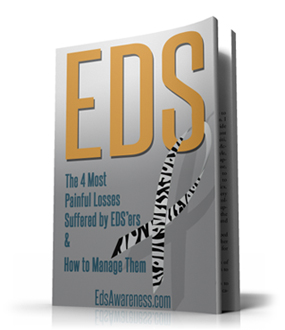
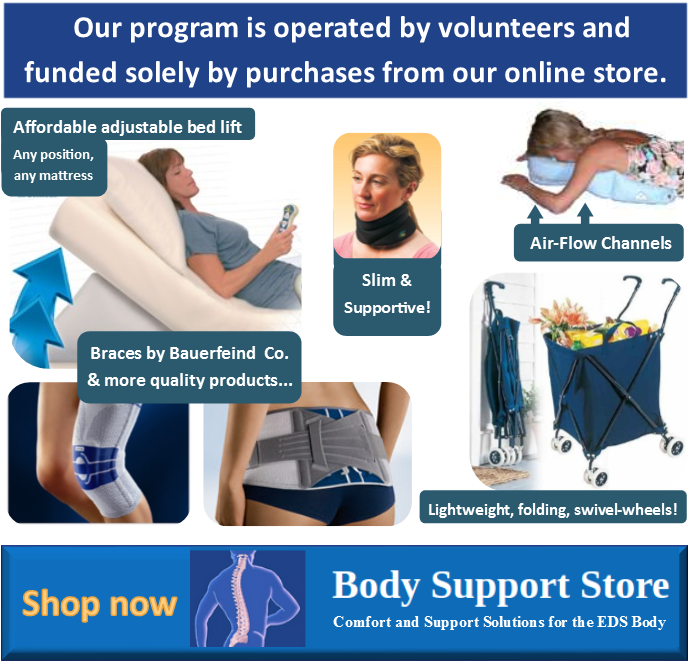


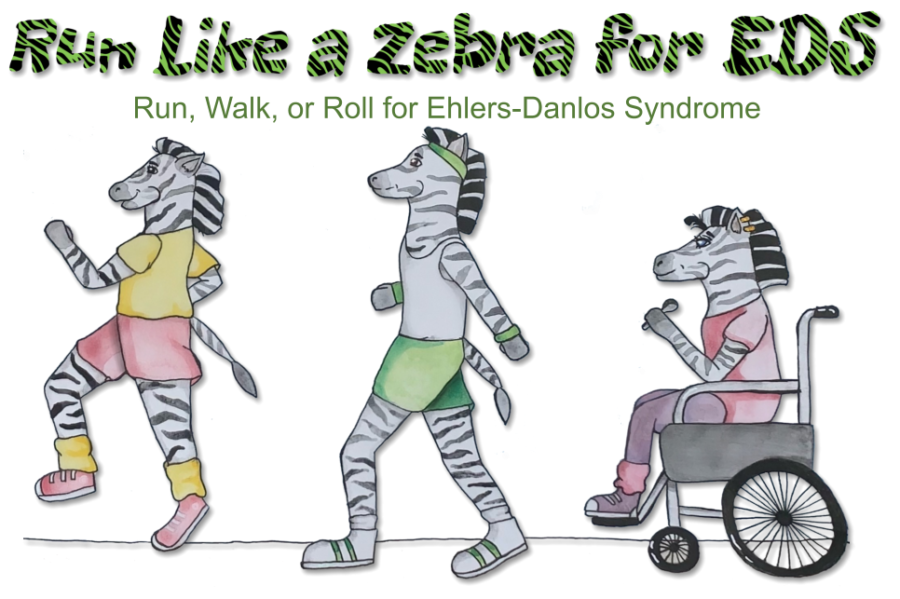
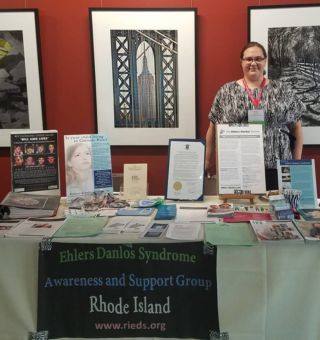
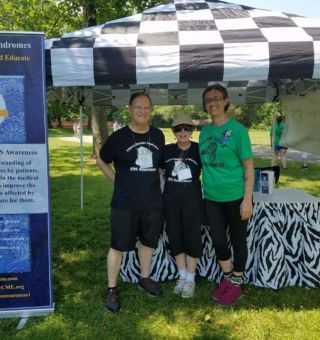
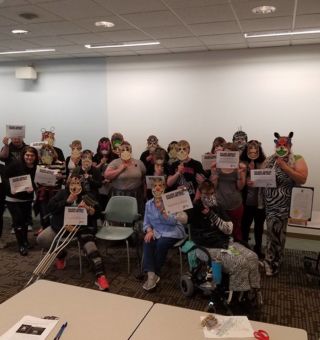
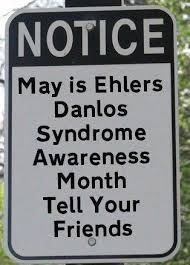
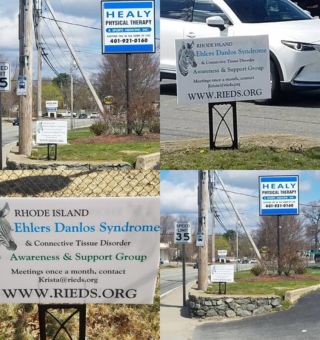
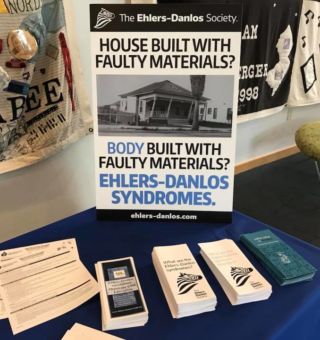
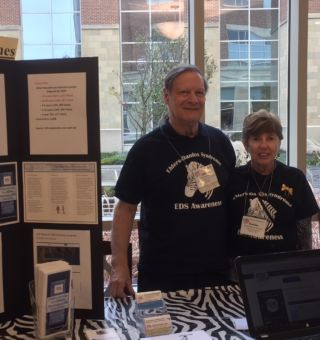



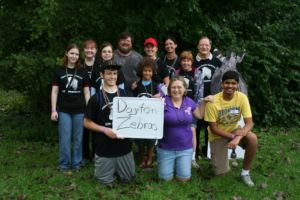
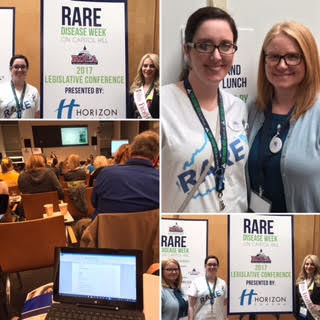

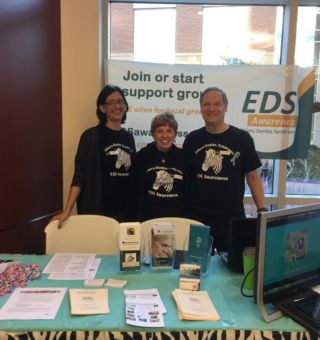
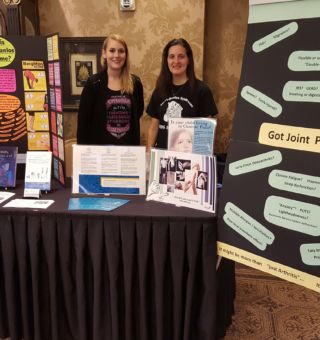
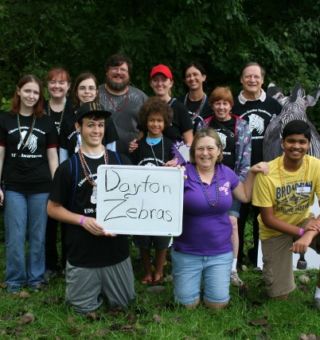
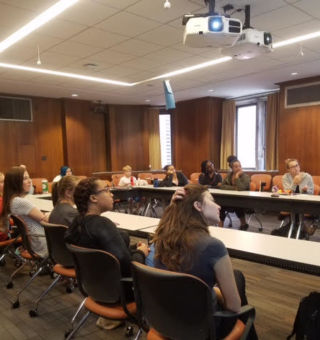
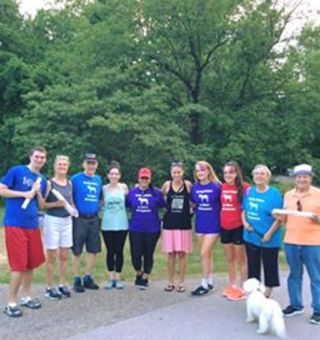
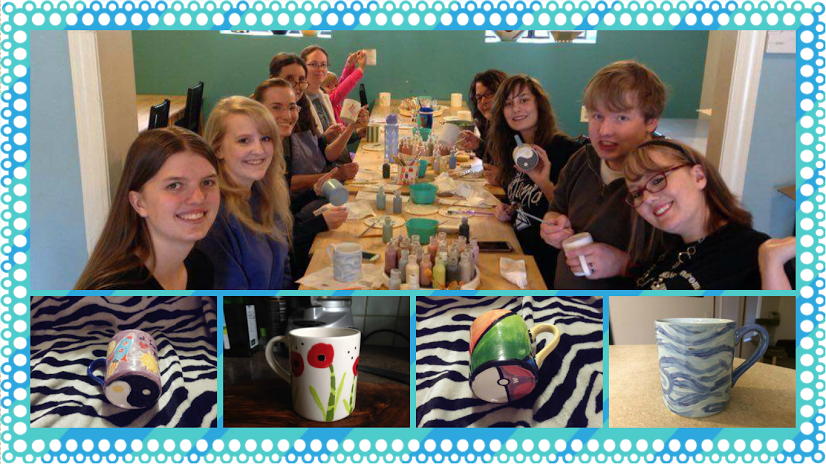
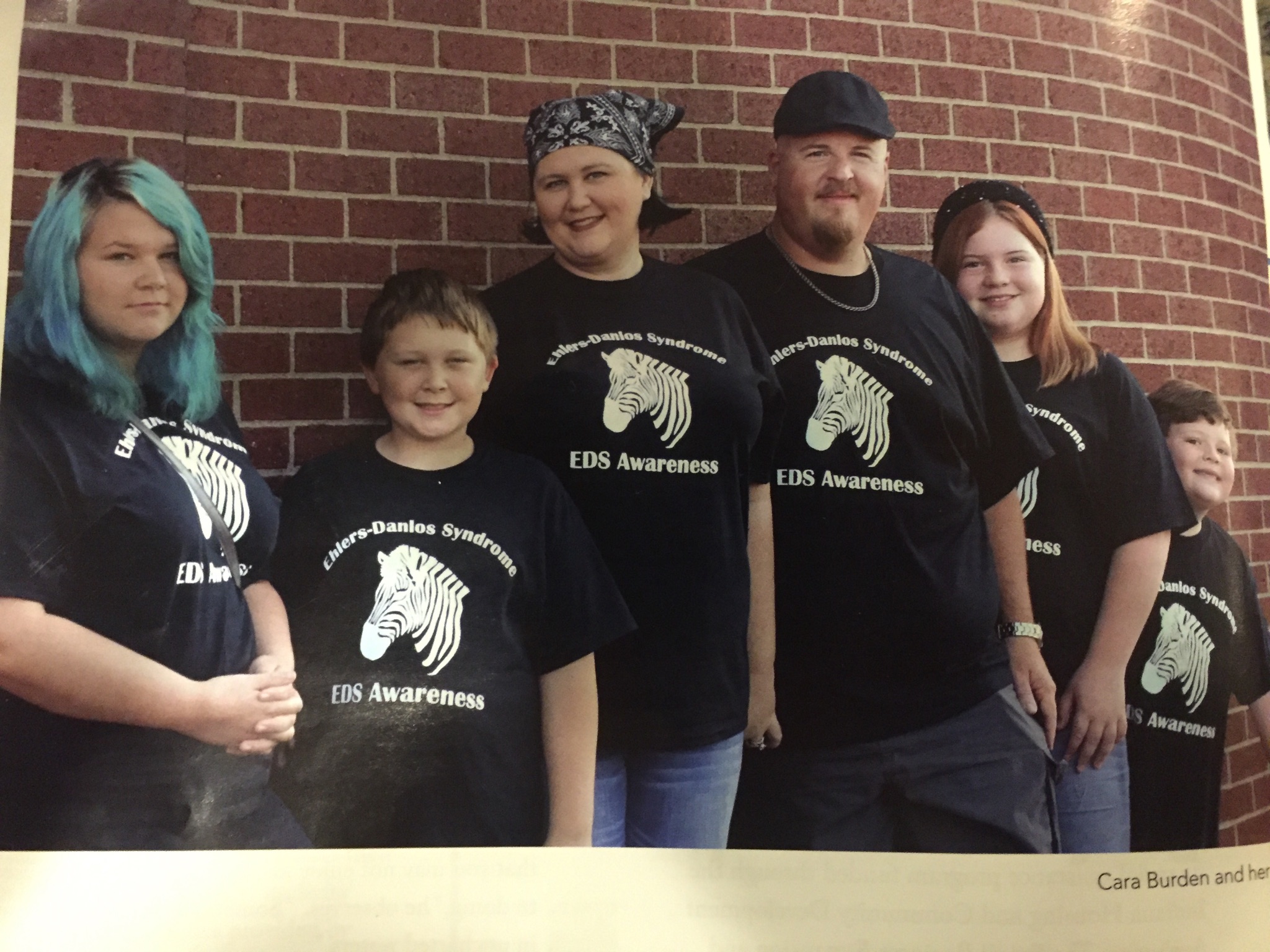

I have a lifetime of pain from hEds, Dercums Disease, Psoriatic Arthritis, and Horners Syndrome..I just turned 80 last month.
I have had the task of ‘educating’ several Doctors…some very interested and some downright rude .
So, like most of us with chronic pain on every level, we either medicate and suffer those consequences, or cope, in various ways to survive the day.. I keep moving and distracting, resting, crying, praying and living. Appreciate your research…thank you.
Trying to understand how neuroplastistity works.